 Photo by □□ Janko Ferlič on Unsplash Empathy nurtures wisdom. - Suzy Kassem You may have read on our blog before that we select our themes for each month well in advance and yet somehow, the themes seem to so neatly align with what actually materializes. So when we selected our themes for May of 2022, which revolve around prenatal yoga and nurturance, I had no idea I would be celebrating my very first Mother’s Day as a mother to a newborn son this month as well.
As I write this, snow is falling outside fast and spring feels a long way away. At the moment, I am pregnant - in my third trimester to be precise - but the end of this pregnancy seems far away as well. I am being guided, and always have been, by the Divine Mother within me. She shows me how to prepare myself and my surroundings for the profound shift that is about to take place. All pregnancies are different and I have been extremely fortunate to (so far) have had a very easy pregnancy. Much of this is the luck of the draw. But fortune always favors the prepared and I cannot dismiss the effect yoga has had on my body and mind in preparation for this shift into motherhood. What I have heard and observed is that parenthood is about creating best laid plans and simultaneously, the ability to adapt to the unexpected. This is essentially what yoga embodies and teaches. Yoga has taught me how to be in tune with my body, how to advocate for what it needs, and how to adapt circumstances to create ease and stability in my bones and muscles. Yoga has taught me the correct way to breathe. Practicing yoga has integrated this way of breathing into my entire being. It has prepared me to retain the fullness of my breath during moments of fear, anger, and sadness and let go of as much as possible, in preparation for the next breath . . . the next moment . . . the next chapter. Yoga has taught me that I am not my mind; that I observe my mind only. It has taught me that all phenomena I experience are a way of transcending the limitations of this flesh-and-bones body, into the experience of the Divine Mother, which is truth, knowledge, and bliss.
0 Comments
There is something infinitely healing in the repeated refrains of nature - the assurance that dawn comes after night, and spring after the winter. - Rachel Carson I think if yoga were a season, it would be spring. Both the arrival of spring and practicing yoga are regenerative. As more and more research emerges, there is good evidence that yoga and meditation have some anti-aging benefits, such as lowered inflammation, increased gray matter in the brain, and protection for our chromosomes.
Just like spring, this regeneration is not just physical. Yoga (and the arrival of spring) brings profound emotional - even spiritual - regeneration. How do we feel after a yoga class? Lighter, less encumbered by stress, and as if we are seeing everything with new eyes. But one of the things that makes me saddest when talking to some yoga beginners is that they think it’s too late for yoga to have these positive effects on them. That could not be further from the truth. I’ve taught yoga to people of all ages, from 7 weeks old to 77 years old. To the mind that is still, the whole universe surrenders. - Lao Tzu The question "why meditate?" has been answered by many. From Scientific American (we have this issue available for you to read in our studio) to the National Center of Complementary and Integrative Health, scientific institutions are now recognizing the value of an established yoga and meditation practice.
Emerging research into a regular practice's benefits is now mainstream. Among the benefits suggested by this research are
On a personal level, "why meditate?" seems clearly answered to me as a decade-long, daily practitioner as well. Whereas at first, I dreaded sitting for meditation, I now crave it. It is the first thing I do in the morning and I rarely want to stop once I've started. But how do you get to that point? Because I hear so many beginners telling me that meditation is not for them. That their mind is too busy or chaotic or uncontrollable for meditation to work. That they get bored
We might call this post "How to Breathe Correctly". But pranayama is about much more than breathing.
Pranayama is a Sanskrit word made of two parts: "prana," which means vital energy and "yama," which means control. So pranayama means to control one's store of vital energy. This is accomplished through exercises involving the breath. Pranayama is the fourth limb of Raja or Ashtanga Yoga and is listed after Asana. Accordingly, pranayama is often taught as a next step after a beginner starts to understand how to practice yoga poses correctly. Pranayama both enhances our experience of asana, as it allows us to regulate our breathing to practice yoga poses more steadily and comfortably, and is the first step toward meditation, as it balances our energies and settles the mind. All breathing is practiced through the nose in yoga. However, if you feel claustrophobic or you're having trouble getting your breath, try breathing in through your nose and out through your mouth a few times and return to breathing through your nose, and then, the pranayama practice as you're ready. It may seem esoteric, but actually pranayama practices are very simple. The most important thing for the beginning practitioner is not to strain or overdo these practices, which is why it is usually recommended to practice these exercises under the guidance of an experienced teacher. There are also several breathing techniques that, while not formal pranayama practices, are very useful in teaching the beginner how to breathe comfortably and correctly before trying to practice pranayama in earnest. Practice all breathing and pranayama techniques for at least a few rounds and up to a few minutes each. I explore all these preparatory exercises and pranayama practices below with gifs. Because the breath is really subtle, you'll have to pay close attention to see what is happening in the gifs. Deep rest can be elusive. As we move away from the busyness of the summer months, there is a natural transition into restfulness. All things in nature prepare for the hibernation of the long winter nights ahead. But as plugged in as we are these days, getting good sleep can be difficult. Yoga Nidra, which means Yogic Sleep, is the practice of rest. It can teach our systems how to unwind from the day and prepare for sleep. Yoga Nidra is an important tool we use at the end of every yoga class, but it can also be practiced on its own. Here, I offer you a half-hour of blissful guided relaxation to prepare you for better sleep. I recommend that you use this recording at the end of every workday, as a way to transition to the restful time you dedicate to yourself at the end of the day. Sunset is a powerful time to practice yoga, according to Ayurveda (Yoga’s sister science), and can align your body and mind with the peaceful energy that night brings. However, you can also use this recording just before bed, to prepare yourself for better sleep. In that case, rather than following the prompts at the end of the Yoga Nidra practice to gradually bring yourself to a seated position, stay lying down and just drift off into a blissful slumber. Want to learn how to relax even more? Join us for yoga in the evenings - online or in person - and learn how regular practice can improve the quality of your sleep.
Once you make a decision, the universe conspires to make it happen. - Ralph Waldo Emerson We’ve been preparing to switch from the scheduling software we’ve been using since opening to a new one, called Ribbon. Switching to Ribbon is going to allow us to make things even more user friendly for our students, as well as create new, exciting features.
Starting with this one! We now have a brand new On-Demand Yoga Class page. Use your existing unlimited pass to watch as many on-demand classes as you want on "Yogaflix" or rent them separately. (Do you have a pass or credits on your account? You should have already received an email about signing into your new account on Ribbon. Please let us know if you did not receive one.) We’ve been working on these changes for over a month to ensure that the transition is as smooth as possible. Even so, a big change like this may temporarily create some turbulence. Honestly, at the beginning of the process, I felt quite overwhelmed. There were so many things to do: set up classes and passes, upload our on-demand videos, update the plugins on our website, and transfer our students’ accounts. It was good to be reminded of this month’s theme, which is flow. As easy as the living can be in the summer, sometimes we pack our days with so many plans and goals and activities. It’s helpful to remember to flow peacefully throughout, like the ripples on our beautiful lake. How you do the little things is how you do everything. - Sharon Pearson In the YSC Part 2 training last month, Renata (Sonia Sumar’s daughter) was breaking down the pose Yoga Nidrasana to our class one morning.
This pose requires a fine balance of flexibility and strength: open hips and shoulders, flexible spine, and a strong core. She was asking us to slow down and do the pose step-by-step. You cannot swim for new horizons until you have courage to lose sight of the shore. - William Faulkner There has always been some debate about the role of a spiritual seeker. Many have misidentified calmness as stillness, apathy, or ineffectiveness.
To one not experienced with meditation, mindfulness, and the spiritual path, it may seem like we spend an awful lot of time sitting with our eyes closed, lying on the floor, and/or considering rather than doing. But we know that behind what seems to be a lack of movement is actually an incredible process of evolution. I’ve heard this described like the appearance of a top. When the top is spun correctly, it seems motionless, even though it is spinning rapidly. This is the behavior of a spiritual seeker as well. Behind the calm is an active, dynamic change-maker. This is easily observed in a hatha yoga class. When we hold a pose, from the outside it seems like we are still. But internally, we are making minute adjustments to our skeleton, muscles, connective tissues, breathing, and even our mind, in order to hold the pose with steadiness and ease. This month is both the celebration of the sun at its peak in the northern hemisphere and International Day of Yoga. These two events go together hand in hand. On the day that the sun is most dynamic, we celebrate the power of yoga to transform. What better way to invoke the power of dynamism this month than by practicing a sun salutation, or Surya Namaskar? Sun salutations are the basis of many styles of yoga and are endlessly adaptable. Truth is one; paths are many. - Sri Swami Satchidananda What kind of yoga do you practice? For those who don’t practice yoga or dabble in it only once in a while, this is a logical question. Outwardly, it seems like there are different types of yoga. Hatha, vinyasa, and ashtanga are some of the different types of yoga, right? (What’s the difference?) If you’re just getting started in exploring yoga, congratulations and welcome! You might want to look at this infographic to get a sense of what kind of practices are included in the Integral Yoga tradition, which is the tradition Rita (my co-director) and I follow. When I talk with committed students of yoga (and wow, have we been having some interesting discussions in our Yoga Sutras study group this past month!), there’s often a sense of understanding between us. “You know what yoga really is. You feel it.”
Because yoga is not entirely logical. Yes, you can apply logic to yoga to deduce how yoga consistently produces its effects when practiced for a long time, with one’s whole heart, and without break. But that is only one side of yoga - the “science side” if you will - the what and how. There is also the art of yoga and that you can only feel. The art of yoga answers why we practice yoga. A SIMPLE YOGA SEQUENCE FOR BEGINNERS The mind is not a vessel to be filled but a fire to be kindled. - Plutarch For January, we focus on the Beginner’s Mind. January is a month when many of us elevate our choices and commit to new ways of being. This is the month when we see New Year’s resolution setters and many beginning yoga students. We love welcoming some of the newest yogins (yoga practitioners) to the art and science of yoga. Talk to any of our teachers or students and you’ll find we are all eager to share our experience of our developing yoga practice, which I think starts with the community you are in (in Sanskrit, this is called Sangha). I just love how our regular students embrace new students. This is the kind of studio where you are not anonymous. It takes courage to be seen. But the relationships that have developed within the four walls of 1818 W. Belmont (and even in an online or hybrid format, everyone is still saying hello to one another, sharing their pets, etc.) show how impactful a smile or an encouraging word can be, especially in our darkest hours. That is what yoga is. Yes, you’re probably going to feel amazing after your first (or millionth) yoga class. Yes, your mind is likely going to feel calmer and your emotions and energy levels more balanced. But this is all in service of turning the positive state of being developed through yoga into blessings for the entire world. Yoga develops union, not simply between mind-breath-body but between ourselves and the rest of the universe. It helps us feel at home in our bodies and on this planet. Then we become empowered to welcome others into this state of being “at home”. As much as we love welcoming new yoga practitioners at 5KY, I think it may be a bit of a selfish act, to be honest. Because meeting new students helps remind us of what yoga is like at the very beginning. The transcendence of that first breakthrough. I remember being very resistant to the idea of practicing yoga before I tried it. I thought it was a bit twee. After an old injury worsened in my foot, I decided I would have to swap the dance classes I was taking in my theater program to a gentler yoga practice. My first teacher was an alumna of the school, whose physical condition and control over her body amazed and inspired me as a performer. So I set about the practice and discovered that not only did I feel stronger and more capable, I also felt a sense of relaxation and well-being I had only ever felt after exhausting running sessions that were roughing up my foot. When I left college, I was sold on yoga but still very skeptical about the spiritual aspects of it. I didn’t want to be indoctrinated or chanting for things I didn’t know what they meant. Nevertheless, I was very committed to practicing yoga (though I now understand the only part of yoga I was practicing at the time were asana or yoga poses) a few times a week. This is the way many of us enter yoga. Fighting and struggling with the physical condition of our bodies (at least, I did). It is natural to start there because the body is the only part of ourselves that is physically tangible. We may feel it is the only thing we actually have control over. Then I met my spiritual teacher or Guru, Sivakami Sonia Sumar. After surgery on my foot, the financial bottom dropping out in 2008, and a traumatic experience post-college, I was very closed off and defensive. It was like my head was separated from my body, even after practicing yoga consistently with a variety of teachers for two years. On the very last day of the program I was attending with Sivakami, she asked us to talk about something which we wanted to work on letting go of. Not really knowing why I began to cry after my turn. For many years when I was a bit younger, I had prided myself on not crying easily. But now, the tears wouldn’t stop. They flooded my eyes through the entire hour and a half long yoga practice, including the 15-minute deep relaxation at the end. I was terribly embarrassed to have lost control over my emotions during class. So I skipped our first of only two meals at the ashram where I was staying and slept deeply. When I woke up, I felt like I had all this weight lifted off my shoulders. That afternoon, we were given a puja (which is an act of worship) by a swami from India, all standing around a small Ganesh statue in a grove of palm trees. I thought that this could be my opportunity to start anew. My heart had finally opened. It was at this point that I decided to have faith in Sivakami and therefore, the methodology of yoga as a complete practice, not just yoga poses. I mean, if she could break down years of walls I’d build up in six days with that stuff, what could she do in six years? What about 60? This was when I could officially call myself a beginner at yoga because I was finally practicing all the components of yoga with my whole heart. Over my 10+ years studying with Sivakami and at the Integral Yoga Institute to become a Yoga Therapist, my scientific and personal understanding deepened about why these practices (physical, mental, and spiritual) are so beneficial. This is why the fit of the teacher with the student is paramount. Your teacher is there to inspire you to open your heart and go further into your practice. Otherwise, we’re just spinning our wheels. Some people are extraordinary and able to do all this without a teacher. They have connected to the Guru within (Guru literally means remover of the darkness: Gu - darkness, Ru - remover) without the help of a Guru in the form of a person. I think most of us would benefit from a connection to a person who has already walked the path and can give us directions. For some, they can read books and get inspired by the words of Gurus from the past and feel that spark of inspiration. I think I needed a Brazilian woman who could give me a big, Brazilian hug. So whenever someone tells me they’re a beginning yoga student, I instantly think of this entire story and how I feel now and how yoga has helped me become stronger and more balanced. I think all longtime yogins have a story about their journey practicing yoga. Your story about why you, as a beginner, are practicing yoga reminds us to approach our own practice with the mind of a beginner. Because the mind of the beginner has no preconceptions and is absorbing so much information, it has to remain in the moment. For this reason, beginners inspire experienced practitioners as well. We are so excited for you to start your own journey! But you may be wondering, how do I get started with yoga? After all, there are so many options: different yoga studios, different yoga teachers, different yoga apps. So I would love to give any beginning yoga students out there a short introduction to a complete hatha yoga practice according to the lineage I am in, which descends from Integral Yoga and the Sivananda tradition of hatha yoga. This year, we’ll be posting helpful resources on our blog each month, from practice guides on sun salutations, breath work, and meditation, to explanations of why yoga specific practices are beneficial to us.
If you’re looking for more personalized attention from a live instructor, I am also hosting a Yoga for Beginners four-week workshop. I’d love to see you there! |
Archives
July 2024
About
Just some thoughts about yoga as I go... Categories
All
|
FIVE KEYS YOGA
|
WHAT OUR CLIENTS SAYFive Keys is fantastic! The studio is lovely and soothing, and the teachers are very caring and attentive. |
I've ... probably been to 25 different yoga studios. This is one of the most welcoming, calming spaces with very talented instructors. |
I love this yoga studio. It's a great balance of a good workout and relaxation and feels like a real community. |
An ideal studio for someone new to yoga. |
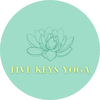
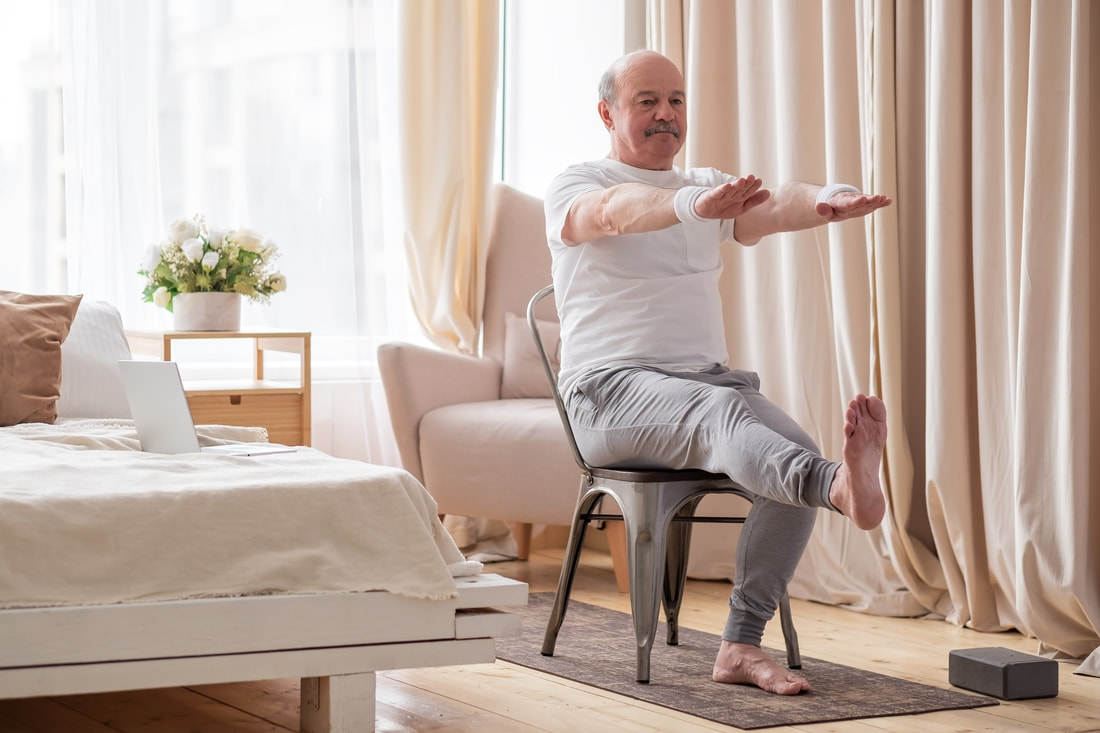
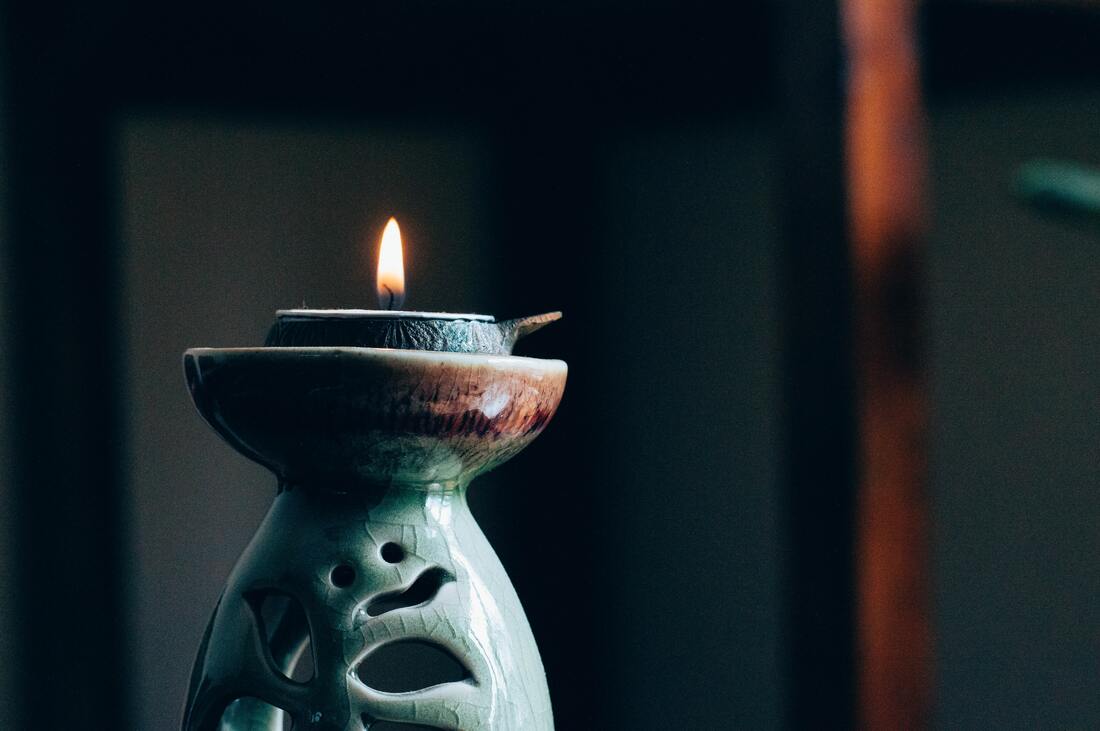
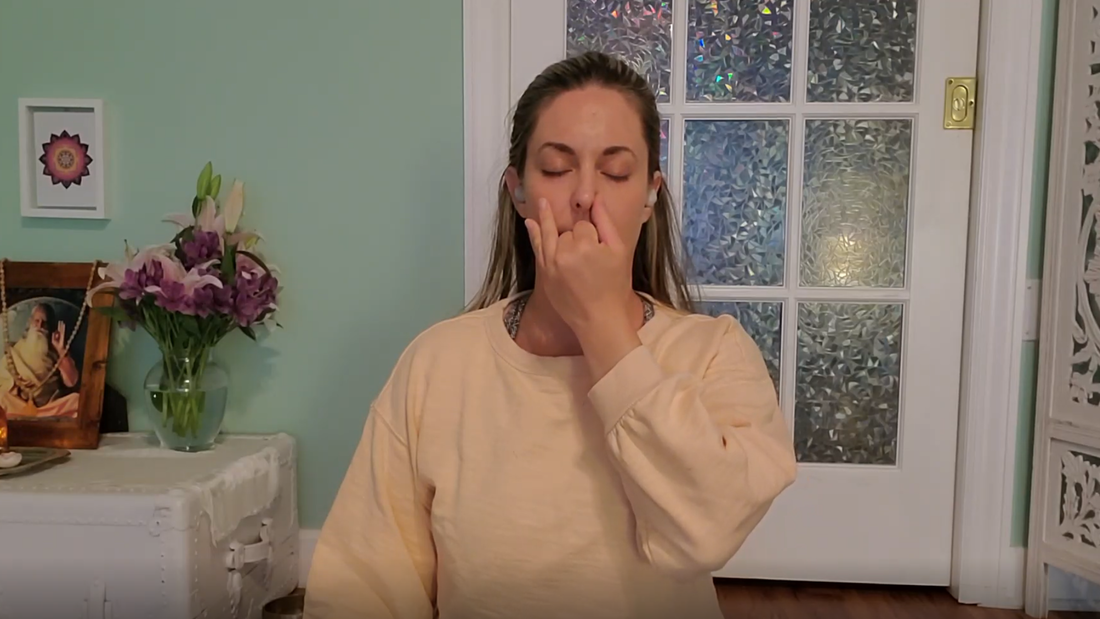


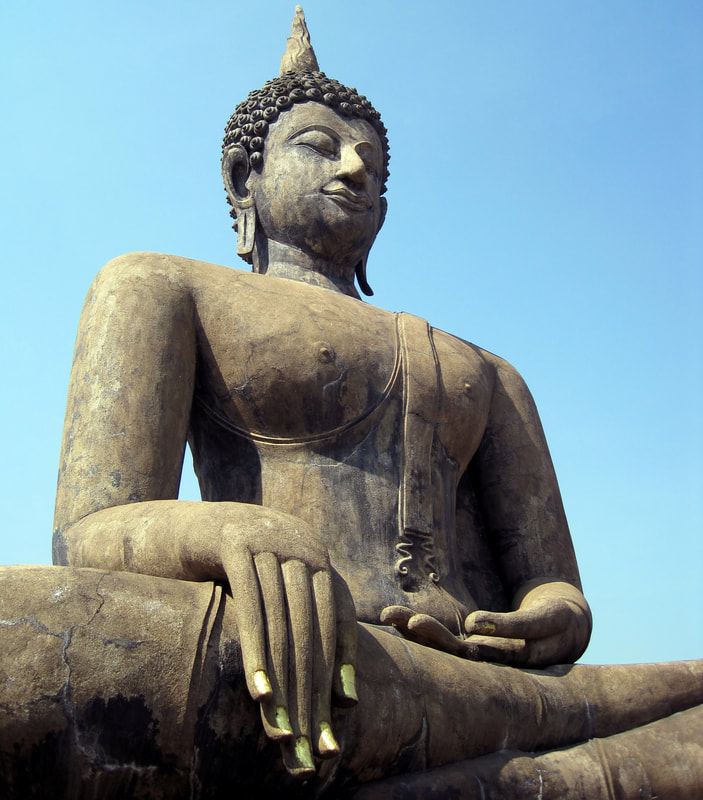

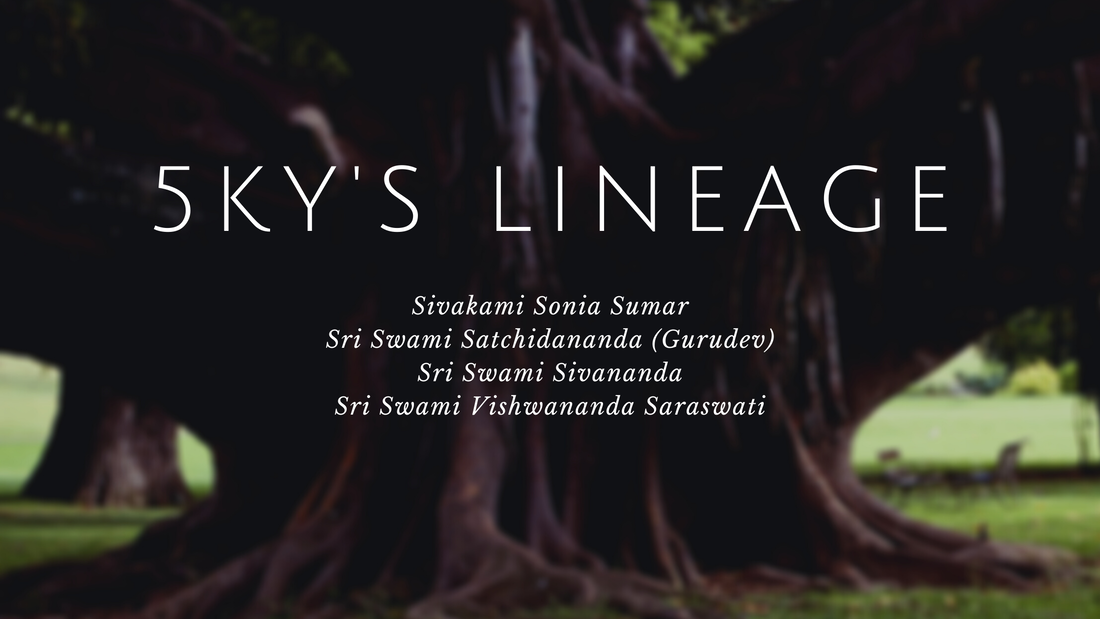
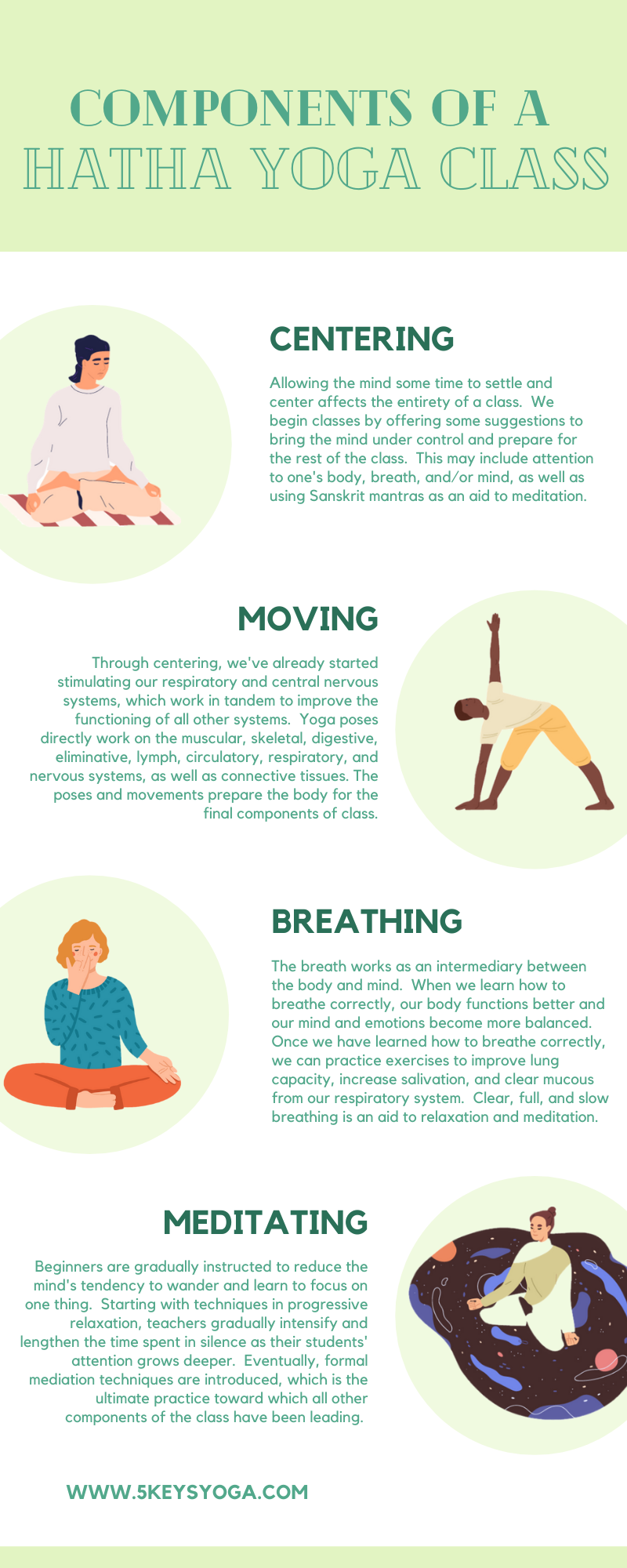
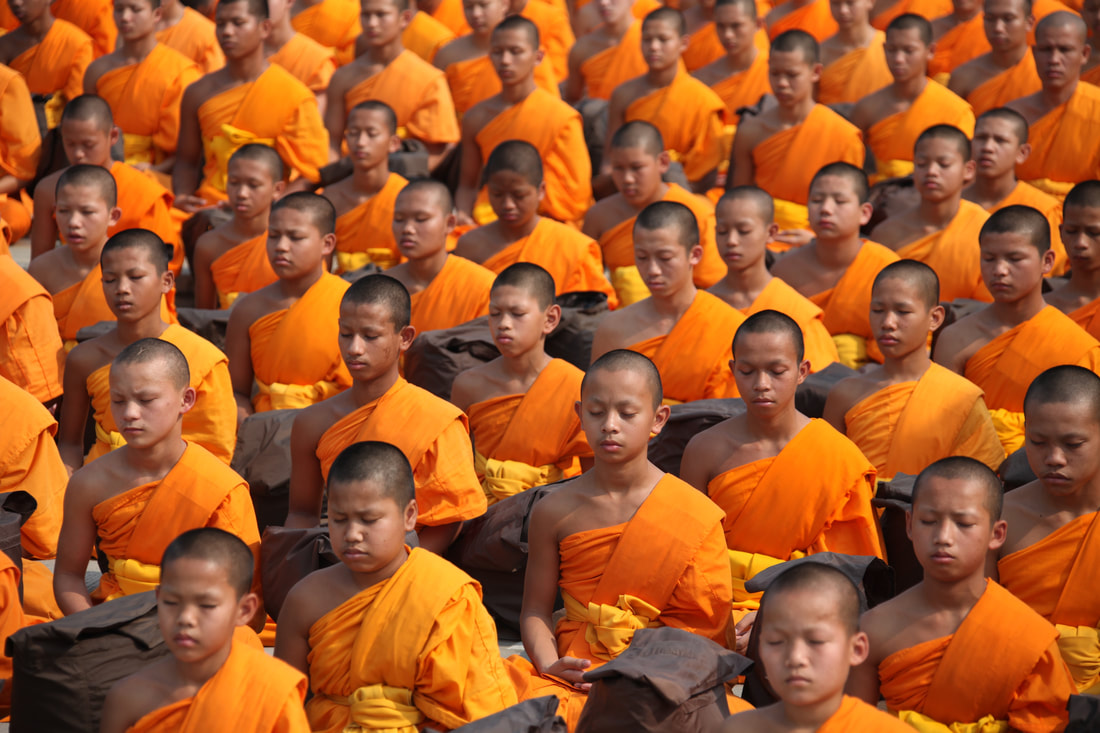
 RSS Feed
RSS Feed
